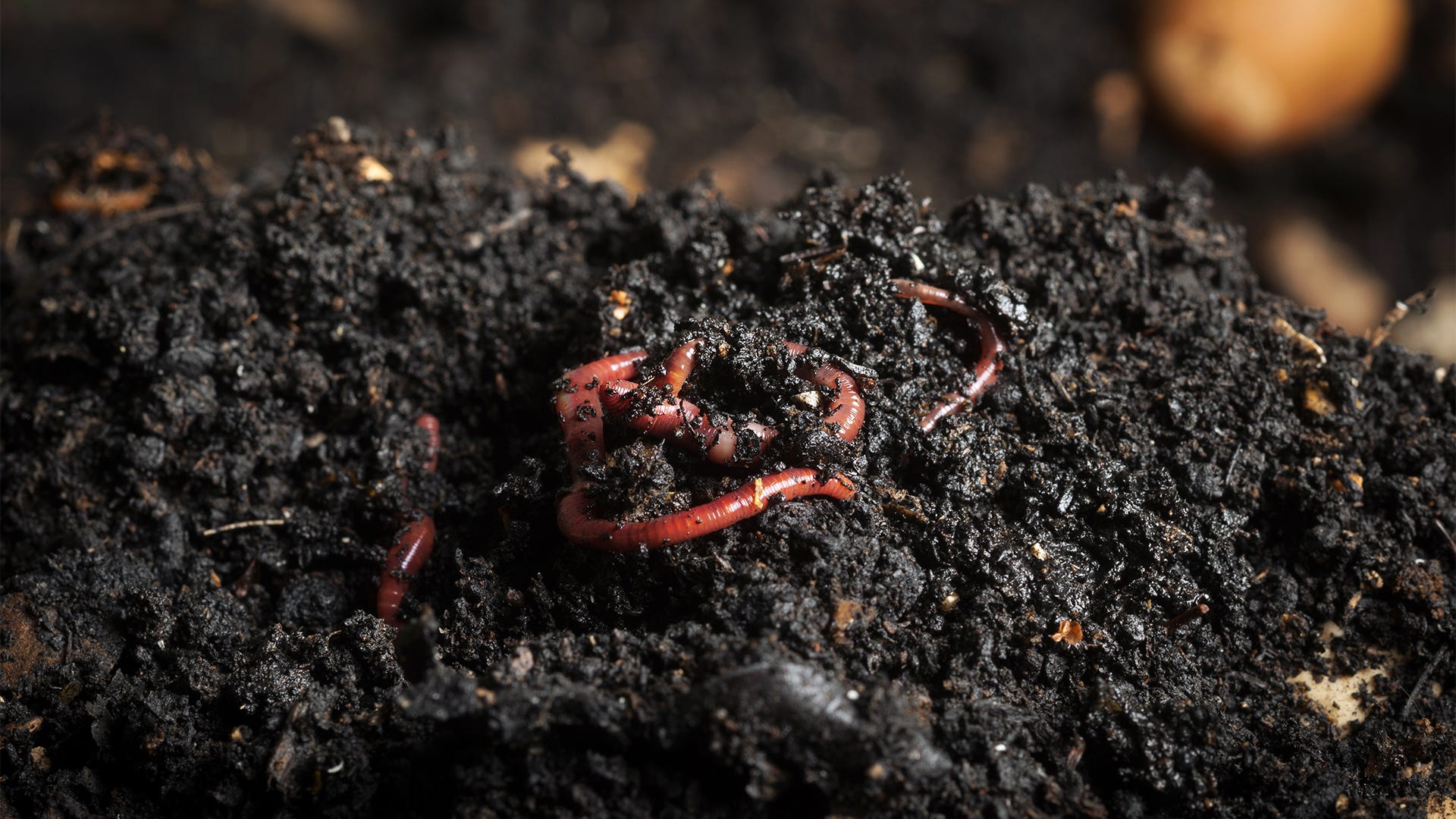Some Of Red Wiggler Express
Some Of Red Wiggler Express
Blog Article
The 20-Second Trick For Red Wiggler Express
Table of ContentsSome Of Red Wiggler ExpressThe Definitive Guide for Red Wiggler ExpressRed Wiggler Express - TruthsThe Red Wiggler Express IdeasRumored Buzz on Red Wiggler Express
And the growing Red Worm populace? Also in the load that was established up straight in front of yard composters with existing Red Worm colonies.
Numerous ranges, consisting of Red Wigglers, European Nightcrawlers, and Lumbricus types were brought over from the European continent. Here's the thingNative or not - and as talented as they are at being able to endure in a wide-range of atmospheres and problems -. In other words, they are even more most likely to socialize in any active composting systems you have established up, than they are to stroll off and start wrecking the setting.
Roots require oxygen for respiration and count on smooth airflow within the dirt to prosper. When it rains, soil can end up being saturated with water, decreasing the oxygen offered and hindering nutrient absorption. To keep an optimal balance, the soil should permit water to drain pipes appropriately, leaving enough room for air to sustain origin health
Red Wiggler Express for Dummies

When it concerns worms for composting, what comes to mind? If you were an earthworm breeder, dealership, or ordinary gardener, after that you would certainly understand that red wiggler worms are the ideal worms for vermicomposting. To read more regarding these planet wonders, reviewed via a few of the red worm truths listed below.
(https://www.expansiondirectory.com/gosearch.php?q=Red+Wiggler+Express)However if they stretch their bodies, you'll have the ability to see the stripes on their skin. When raising worms such as red wiggler worms, you must have the ability to recognize exactly how to profit them. When you're able to keep and take care of their environment well, and likewise feed them the right type of natural wastes, after that they'll have the ability to produce nutrient-packed and quality-rich worm spreadings for you (also called worm poop or compost).
Not known Factual Statements About Red Wiggler Express
What do worms consume? Well, these red wriggler worms can be fed with kitchen scraps and yard wastes.

This actions makes them well-suited forever in worm containers, compost heap, and various other confined areas where natural waste is bountiful. Creating an optimal environment for red wigglers needs a thoughtful approach. Consider the complying with essential elements to take care of red wigglers in the house and guarantee their health: Make use of a bedding of shredded newspaper or cardboard.

Red wiggler worms recreate by laying tiny, lemon-shaped eggs in safety cocoons. These cocoons are generally transferred in the bed linens and hatch right into infant worms within a few weeks.
Fascination About Red Wiggler Express
Their flexibility and strength have made them a prominent selection for vermicomposting in different regions around the globe. Yes! They can make it through from a variety of 32F to 90F. They are very adaptable pests. Think about protective actions for really extreme temperature levels such as: Shielding the worm bin with layers of straw or leaves.

Simply keep in mind - you can constantly add more food later on (but it's tough to get rid of feed once it's been added to a bin!).
Since I fed the red wigglers and garden compost worms too much, they weren't able to maintain and over time the older food went leftover and developed anaerobic problems that killed the worms. The bright side is that there are extremely straightforward activities you can take to guarantee this doesn't take place! Below're the 6 golden regulations for exactly how commonly and just how much to feed your worms: Policy # 1: Moderation! You can always include more food later.
Getting My Red Wiggler Express To Work
Uneaten food will certainly lead to anaerobic problems that will certainly eliminate your live worms. Regulation # 6: After the initial feeding, feed the worms 1/3 to 1/2 of their weight.
Report this page